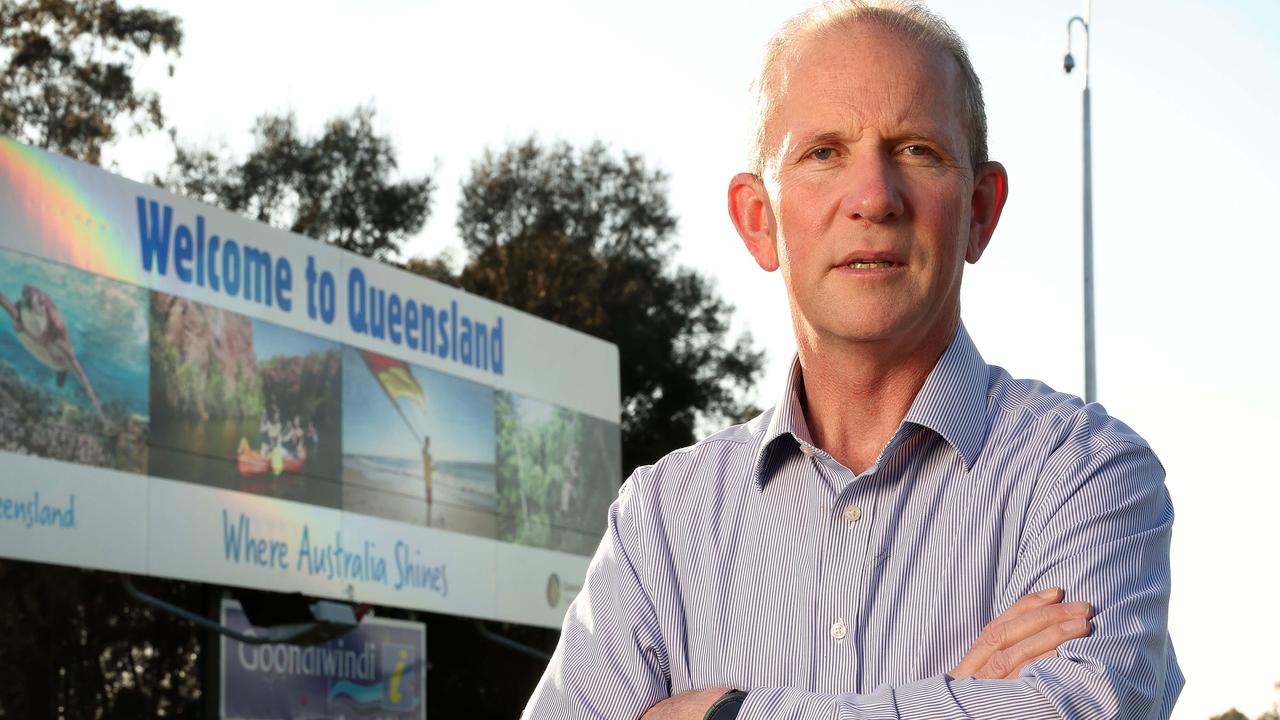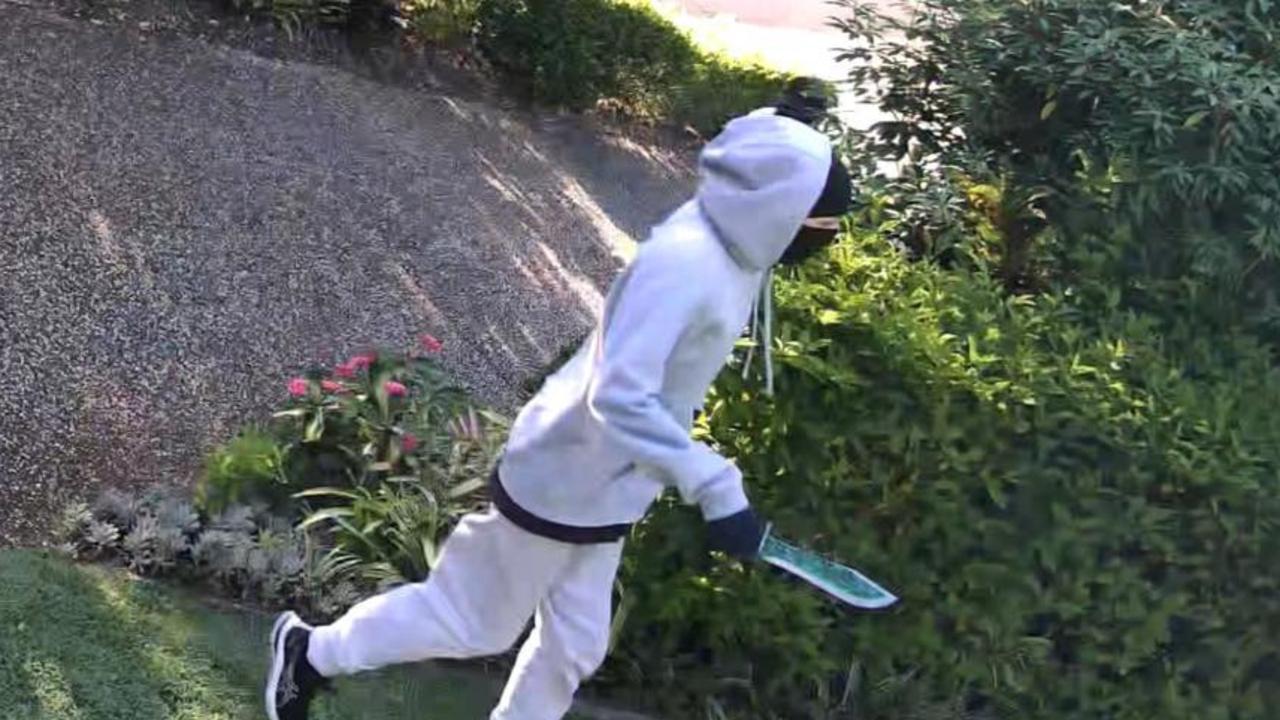Revealed: Qld towns most likely to get a nuclear power station
Several regional Queensland sites could play a central role in a nuclear energy future for Australia, it has been revealed.

QLD News
Don't miss out on the headlines from QLD News. Followed categories will be added to My News.
Regional Queensland would play a central role in a nuclear energy future for Australia, with former coal power station sites tapped by the Coalition as strong contenders to locate new small modular reactors.
The state government has rubbished any suggestion of Queensland producing nuclear power, but the federal Opposition has been working on a plan to explore the option.
Coalition climate change and energy spokesman Ted O’Brien said experts agreed retiring coal fired plants were “one of the best places” to locate a small modular reactor, but insisted local community wishes would be at the “centre” of any nuclear debate.
Queensland has eight coal power stations — the most of any state — including at least two due to retire in the 2030s when proponents of the new nuclear technology expect it to become commercially viable.
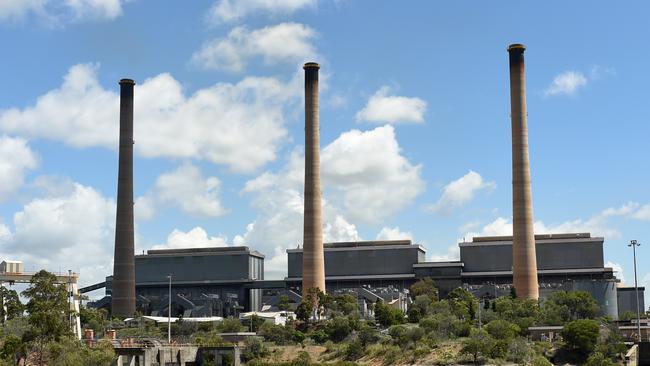
Sites like the Tarong power station in the South Burnett region north west of Brisbane and Gladstone station in central Queensland would already have some of the infrastructure required to potentially connect nuclear to the grid.
“There’s no doubt that the experts are advising us that one of the best places to locate zero emissions nuclear reactors would be where coal plants are retiring,” Mr O’Brien said.
“Advice to the United States Department of Energy has suggested that the capital costs upfront could reduce by over 30 per cent if you can leverage existing infrastructure.
“So we are taking to account the best advice across the world.”
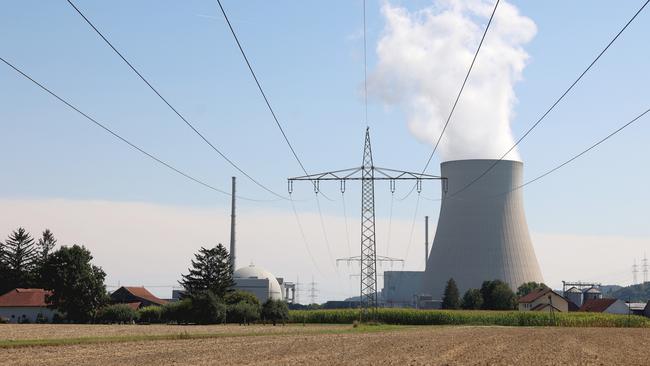
Asked if he believed his home state of Queensland was open to potentially hosting small modular reactors in the future, Mr O’Brien said that question could only be answered once the Coalition released its policy “in due course”.
“I think it’s important to point out a prerequisite, and that is the importance of a social licence,” he said.
“We need to have communities at the centre of engagement processes now and that doesn’t matter what type of technology you’re talking about.”
Queensland passed laws in 2007 banning the development of nuclear waste dumps or other facilities, though there are a few exemptions.
The legislation outlines how “a person must not construct a nuclear facility” unless for the “storage or disposal of radioactive waste resulting from the use of nuclear material for research or medical purposes” or “for the operation of nuclear-powered vessels”.
Premier Steven Miles refused to budge on the state’s nuclear ban.
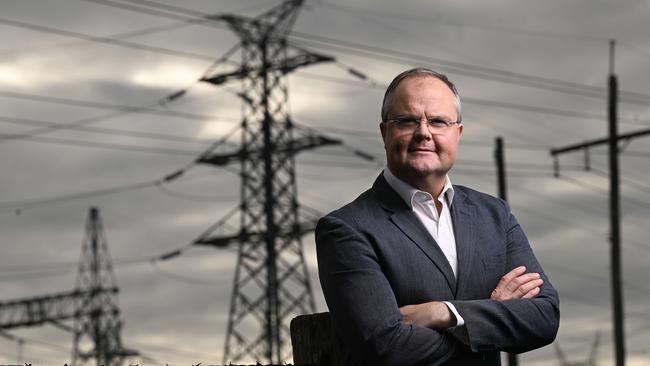
“Our government has a plan to power Queensland households with cheaper, cleaner energy … we know that nuclear is neither of those things,” he said.
“In fact, it’s the most expensive way to generate electricity.
“The LNP refuse to get on board with Queensland’s clean energy transformation and it’s about time David Crisafulli stood up to Peter Dutton on behalf of Queenslanders.”
Climate Change and Energy Minister Chris Bowen has accused the Coalition of pushing nuclear energy as a distraction and a delaying tactic rather than a genuine alternative to renewables.
“The alleged boom in small modular reactors is … a mirage,” he said.
“China and Russia are the only two countries to have installed them.”
Speaking at the National Press Club on Monday, billionaire mining magnate Andrew “Twiggy” Forrest was scathing of the push for Australia to go nuclear, calling the idea “misinformed, unscientific (and) uneconomic”.
“If we swallow this new lie that we should stop the rollout of green energy and that nuclear energy will be our fairy godmother, we will be worse off again,” he said.
Mr Forrest accused politicians who push nuclear of doing so to keep “expensive and unreliable” fossil fuels going for another 20 years, instead of green energy.

